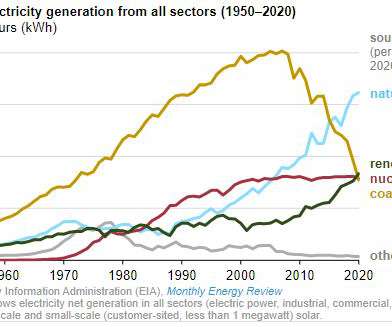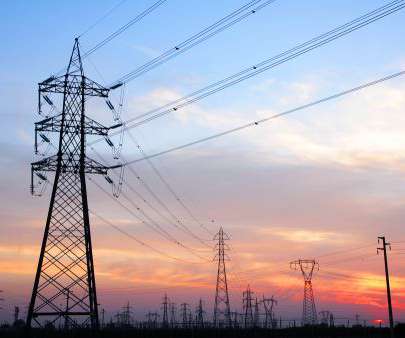Renewables became second-most prevalent U.S. electricity source in 2020, per EIA
Renewable Energy World
JULY 29, 2021
The specific contribution from hydropower was not listed. peaked at 2,016 billion kWh in 2007, and much of that capacity has since been replaced by or converted to natural gas-fired generation. Coal-fired electricity generation in the U.S. Coal was the largest source of electricity in the U.S.














Let's personalize your content